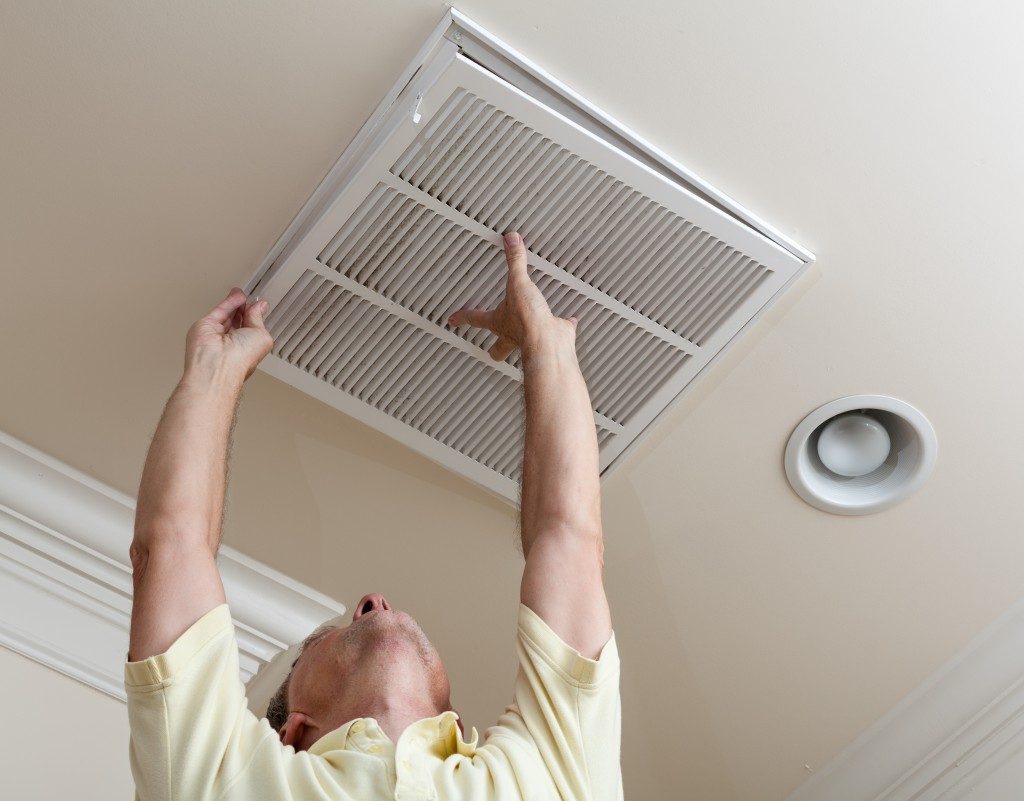 The manufacturing industry is reliant on compressed air systems to ensure practicality and cost-efficiency in their energy consumption. Considering the extensive and varied systems available in the market, it is crucial that you are in the know with regards to the basics of compressed air technology. Here are crucial facts that can help you make an informed consumer decision.
The manufacturing industry is reliant on compressed air systems to ensure practicality and cost-efficiency in their energy consumption. Considering the extensive and varied systems available in the market, it is crucial that you are in the know with regards to the basics of compressed air technology. Here are crucial facts that can help you make an informed consumer decision.
Compressed Air Technology
When buying a compressed air system, you must first identify the type you need. There are three kinds:
- Packaged rotary air compressors, which boast of low maintenance cost and noiseless operation.
- Reciprocating compressors, which are favoured in small industrial applications.
- Centrifugal compressors, which are the most energy-efficient systems in the market and are used in high volume air applications.
These three types usually share these components: compressor, air receiver tank, dryer, distribution system, air cooler, filter, and condensate trap. It pays that you know a thing or two about these mechanisms before signing a deal with your chosen provider.
Areas to Look Into
Knowing product red flags will save you from making a faulty purchase. In terms of compressed air systems, here are some things you need to be wary of:
- Interconnecting piping that is too small, which restricts airflow and pressure.
- An undersized compressor, which leads to premature failure and higher upkeep costs.
- Poor air demand management. The best systems take into account the peak periods in operation through strategic drops in air pressure.
- Insufficient storage. Air reservoir should be appropriately sized with demand.
- Zero staged regulation and surge tanks, which can cause system failure due to mismanaged pressure fluctuations.
- Improper routing. Piping should ideally be as smooth and straight as possible, without tee unions and tight turns that compromise air pressure.
Smart energy consumption in the manufacturing industry begins with choosing a competently designed compressed air system. With the information included above, you’re now ready to make a choice.

